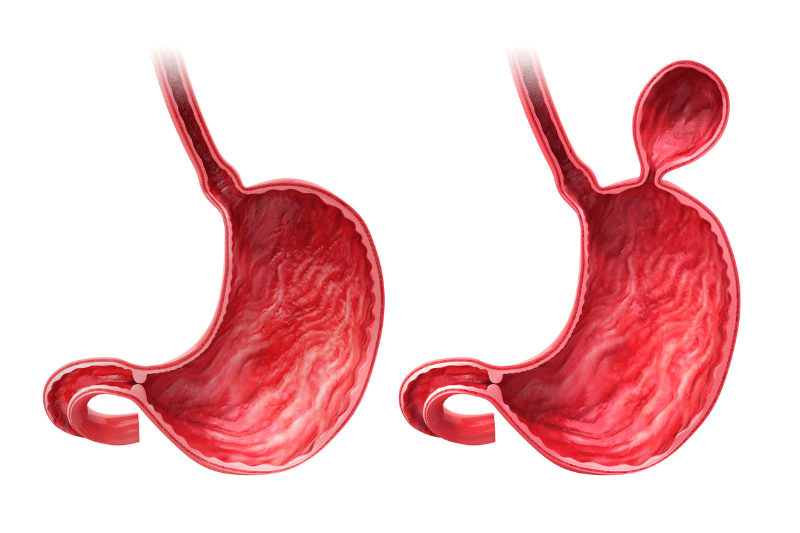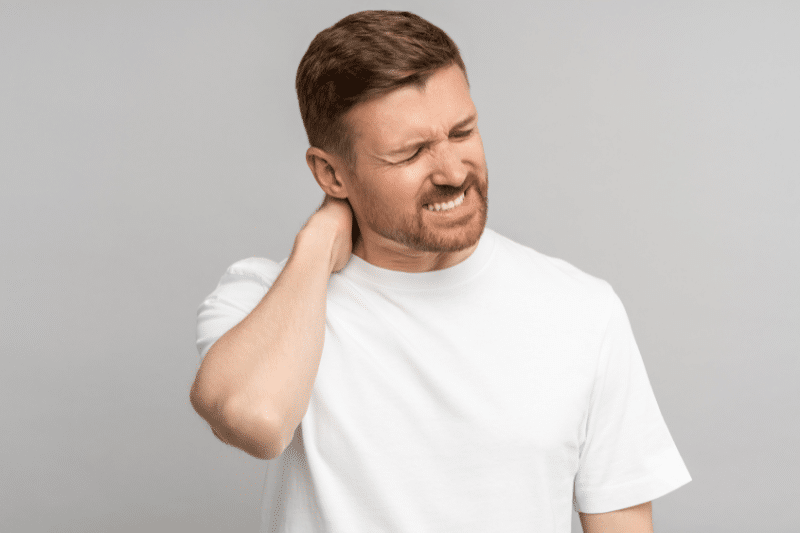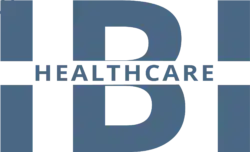Treatment Hernia Overview
Treatment Hernia – Explore hernia repair procedures types, causes, symptoms, and tips on effectively managing pain and discomfort. To further speed up post-operative recovery.
Treatment Hernia – What is a Hernia?
A hernia or rupture hernia occurs only when an organ protrudes through a muscle tissue or abdominal wall that normally holds it in place. They can appear in any part of the body but are most common within the abdominal cavity. There are many types of hernias. Not all hernias are the same. Each is unique in its characteristics and demands. Read this complete guide to learn more about the types of hernias, their symptoms, and their causes.
Treatment Hernia – Types of Hernia
Inguinal Hernias
Inguinal hernias affect individuals of all genders. As they are the most common type of hernia. When the intestines protrude through a weakened section in the muscle of the lower abdomen, commonly called the inguinal canal, these inguinal canal hernias mostly appear in men, due to the male anatomy in the abdomen or groin. This type of hernia is visible as a bulge in the groin or scrotum and can be painful in the groin area, especially when lifting heavy weights, coughing, or bending downward.
Hiatal Hernias
It occurs when a portion of the stomach shrinks through an opening in the diaphragm and moves up into the chest cavity. Consequently, this condition can lead to discomfort and other complications. This type of hernia may produce symptoms such as acid from the stomach, reflux, burning during swallowing, and severe pain in the stomach acid chest. Healthcare professional commonly diagnose a hiatal hernia with an abdominal ultrasound or endoscopy procedure.
Umbilical Hernias
Intestines push through a weakened section in the muscle of the abdominal wall. Particularly, near the navel or belly button, and create umbilical hernias. This type of hernia can occur in both children and adults. Potential causes include obesity or pregnancy. Symptoms often include a bulge or weakened abdominal wall near the belly button, and in children, there is a possibility of natural recovery. However, in adults and older children, evaluation and potential surgery may be necessary. Surgeons commonly perform a surgical procedure to reinforce the weakened abdominal wall muscle. If left untreated, umbilical hernias can lead to complications, so it is important to seek medical attention.
Ventral Hernias
Ventral hernias, small hernias, or incisional hernias occur when tissue strangles through a previous surgical incision in the anterior abdominal wall or muscles. They often occur through a previous surgical incision and can vary in size. A ventral hernia or side hernia accompanied by moderate to severe discomfort. Typically, doctors opt to repair it with surgery.
Femoral Hernias
They are rare and occur when tissue strangles through the femoral canal, a space adjacent to the femoral vein in the upper thigh region. This type of hernia is more common in women and can produce a noticeable lump and severe pain in the upper thigh or groin area. Femoral hernias pose a higher risk of becoming a strangulated hernia. Furthermore, they should treated promptly.

Treatment Hernia – What Causes Hernias?
Hernias can occur due to muscle weakness combined with strain. Some factors that may encourage the development of a hernia include:
Heavy Lifting
- Robust physical work and strenuous exercise or carrying heavy loads apply pressure to the abdominal muscle and may produce a hernia.
Chronic Cough
- A chronic cough strangles the abdominal muscles and makes them predispose to hernias.
- Excess weight applies pressure to the lower abdominal wall below the chest cavity.
Pregnancy
- The fetus places pressure on the abdomen during pregnancy and may develop a hernia.
Previous Surgery
- In cases of previous surgery, surgical incisions or incisional hernias heal with a scar formed by fibrous tissue. This scar typically consists of collagen, that is prone to rupture. This is where hernias often occur with small incisions.
Hernia Risk Factors
- Certain risk factors or things that may cause hernias include:
Age
- Muscles turn weak & hernias are common in old age.
Family History
- Genetic defects like connective tissue flaws may involve hernias.
Chronic Cough or Constipation
- These may increase the risk of getting a hernia.
Gender
- Men get inguinal hernia more and women get femoral hernia more.

Treatment Hernia – Typical Hernia Symptoms
The symptoms of hernias depend upon their type and severity most hernias are:
Bulge or Lump
A protruding, visible lump or bulge in the abdomen or groin. That may grow in size while standing up, coughing, or straining.
Pain and Discomfort
Hernia pain may vary from gentle to very sharp pain & usually while doing some physical activity.
Swollen
Swollen tissue near the affected region may hurt upon touch.
Digestive Issues
Relieved symptoms of the digestive tract, like GERD, burning sensation while swallowing & difficulty in swallowing, may happen with hiatal hernia.
Strangulated Hernia Symptoms
It may produce severe pain, nausea and vomiting, and inability to pass urine or have a bowel movement. This condition and its more serious or potential complications require serious medical attention to ensure timely treatment.

Treatment Hernia – What is Hernia Repair Surgery?
The hernia surgeon reduces the organ of the small hernia and fixes the weak spot in the abdominal wall treatment hernia. Various types of surgical techniques utilized, such as:
Types of Techniques
Open Hernia Repair
A large cut over the hernia used to open and expose the bulging tissue in open hernia repair.
Incisional Hernia Repair
An incision through the previous abdominal surgery and surgical scar made to reach the hernia.
Laparoscopic/Keyhole Surgery
Minimally invasive surgery that uses small cuts and a small video camera (laparoscope). That acts as a guide to the hernia surgeon below. The laparoscope contains a tiny camera that offers a clear image of where the hernia is. Furthermore allows the doctor to perform the repair with special tools. Keyhole procedure is usually painful and have a faster recovery time than normal open surgery.
Robotic Surgery
Minimally invasive surgery that uses robotic systems to perform a surgical procedure with greater dexterity. The surgeon uses robotic instruments that fit in small spaces and move with greater accuracy than fingers. The robotic surgery technique can be very helpful for complex hernia repairs.

Specific Hernia Repairs
Inguinal Hernia Repair
This may require surgery. At the same time, using open surgical repair or minimally invasive laparoscopic techniques. The technique used will depend on the size and location of the hernia and the general condition of the patient. Laparoscopic inguinal hernia repair often preferred. As it is more of a minimally invasive surgery and has a quicker recovery time than abdominal surgery.
Hiatal Hernia Repair
It involves the reduction of the stomach and its reinforcement through the diaphragm. This hernia repair requires surgery. Commonly carried out laparoscopically to minimize recovery time. As well as reduces the chance of post-surgical possible complications. Patients with hiatal hernias commonly report excellent relief of acid reflux and other symptoms of poor digestion.
Umbilical Hernia Repair
It involves the reduction of protruding tissue into the abdominal cavity and its reinforcement through sutures or surgical mesh. Although, can carry out using open or laparoscopic techniques. According to the size of the hernia and the general condition of the abdominal muscles of the patient.
Incisional Hernia Repair
This type of hernia repair requires an incision through the previous surgical scar to reach the hernia.
Ventral Hernia Repair
This ventral hernia surgical repair involves the correction of a hernia that develops in a former surgical incision. This hernia repair commonly employs surgical mesh to reinforce the abdominal wall and to forestall recurrence treatment hernia. Similarly, surgeons can perform both open and laparoscopic techniques of surgical repair. However, the latter laparoscopic surgery uses smaller incisions and promotes a quicker recovery.
Femoral Hernia Repair
It usually requires urgent surgical intervention due to the high probability of strangulation. This hernia repair surgery either carried out using open or laparoscopic surgery techniques. Furthermore, reduces the hernia and reinforces the femoral canal, preventing the hernia from recurring.

Treatment Hernia – Recovery and Follow-up Care
In general, they cause some pain and discomfort in the surgical area. Moreover, continue restricted activity and wound care as directed by the responsible surgeon. Here are some tips to make your recovery period as easy as possible.
Apply ice packs to the surgical area to help relieve pain and swelling. Nonetheless, allow your body time to heal by avoiding strenuous activities and heavy lifting. Similarly, take pain relievers as directed and prescribed to help control pain after surgery.
Wash the whole surgical site area as instructed by your surgeon to prevent incisional wound infection. Besides this, monitor your incision, if you develop any infection signs. For instance, if redness, swelling, or drainage from your incision, call your doctor. Moreover, walk and perform simple activities to maintain circulation and prevent possible serious complications from blood clots. Avoid activities that stress the abdomen, such as lifting or physical exercise, until approved by your surgeon.
In addition, weight maintenance healthy weight, and strengthening of the abdominal wall muscle. They are key in hernia long-term care to prevent recurrence. Lastly, chronic hernia pain management is important. Depends on exercising, balancing and healthy weight, and avoiding activities that strain the abdominal wall. To inquire further about minimally invasive hernia repair procedures detailed pricing. Call us or schedule a teleconsultation.










